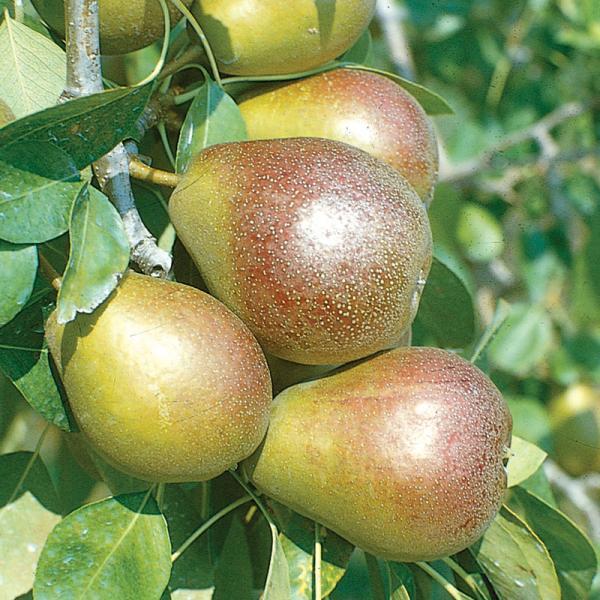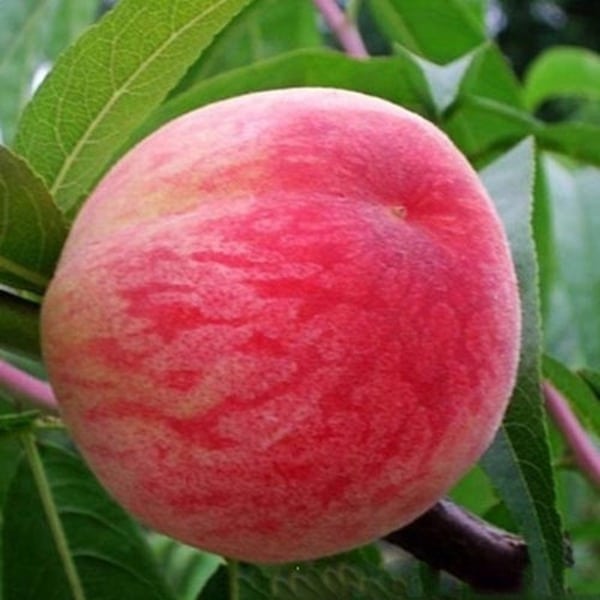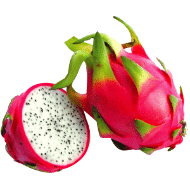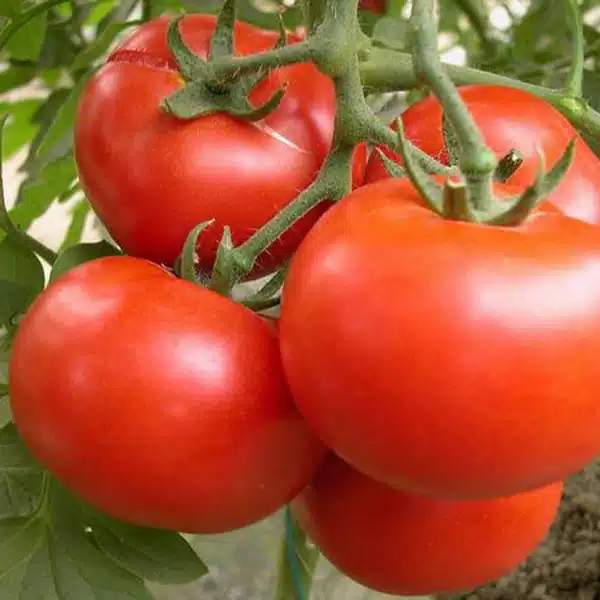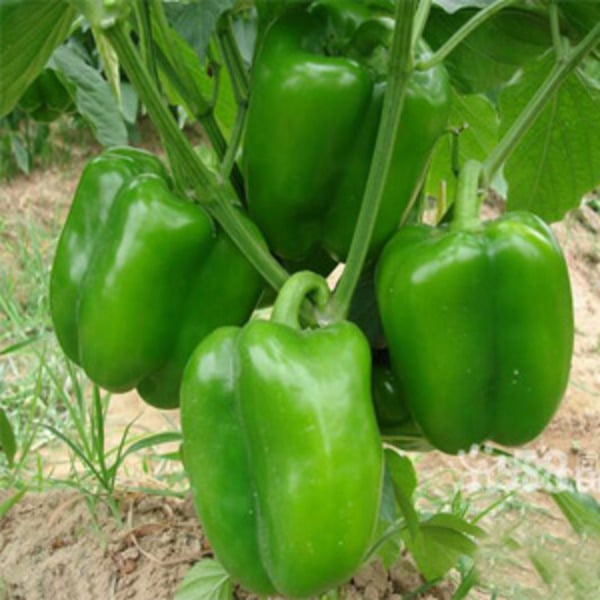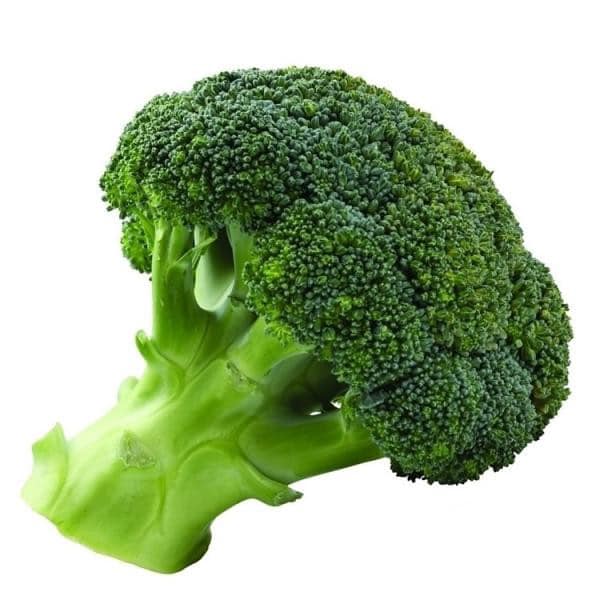Say goodbye to wasted food and hello to extended freshness with our innovative fresh-keeping technology!
-
Mon - Sat : 09:00 - 22:00(GMT+8)
-
sales@chesenbio.com
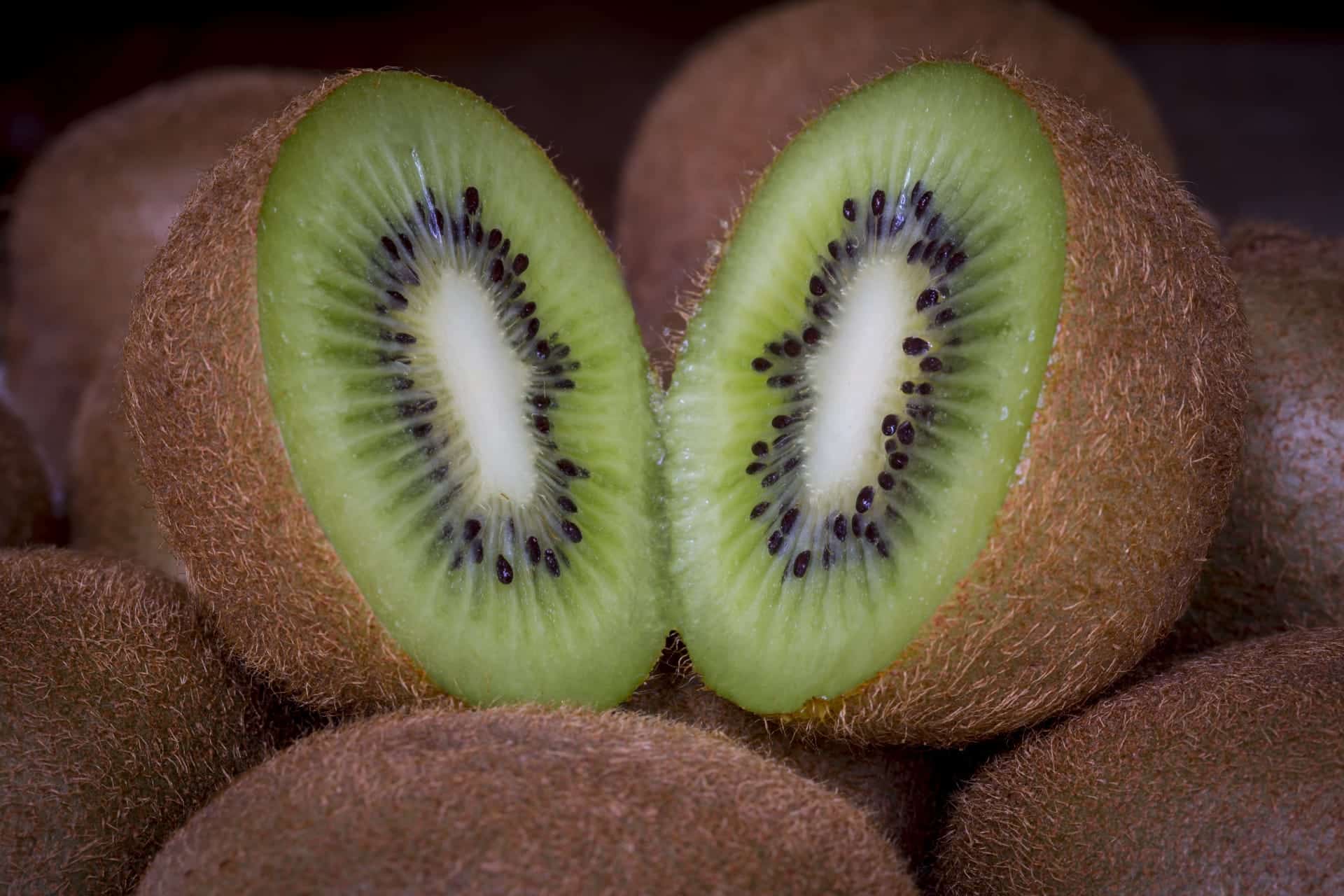
Postharvest Application of 1-Methylcyclopropene (1-MCP) Extends Shelf Life of Kiwifruit
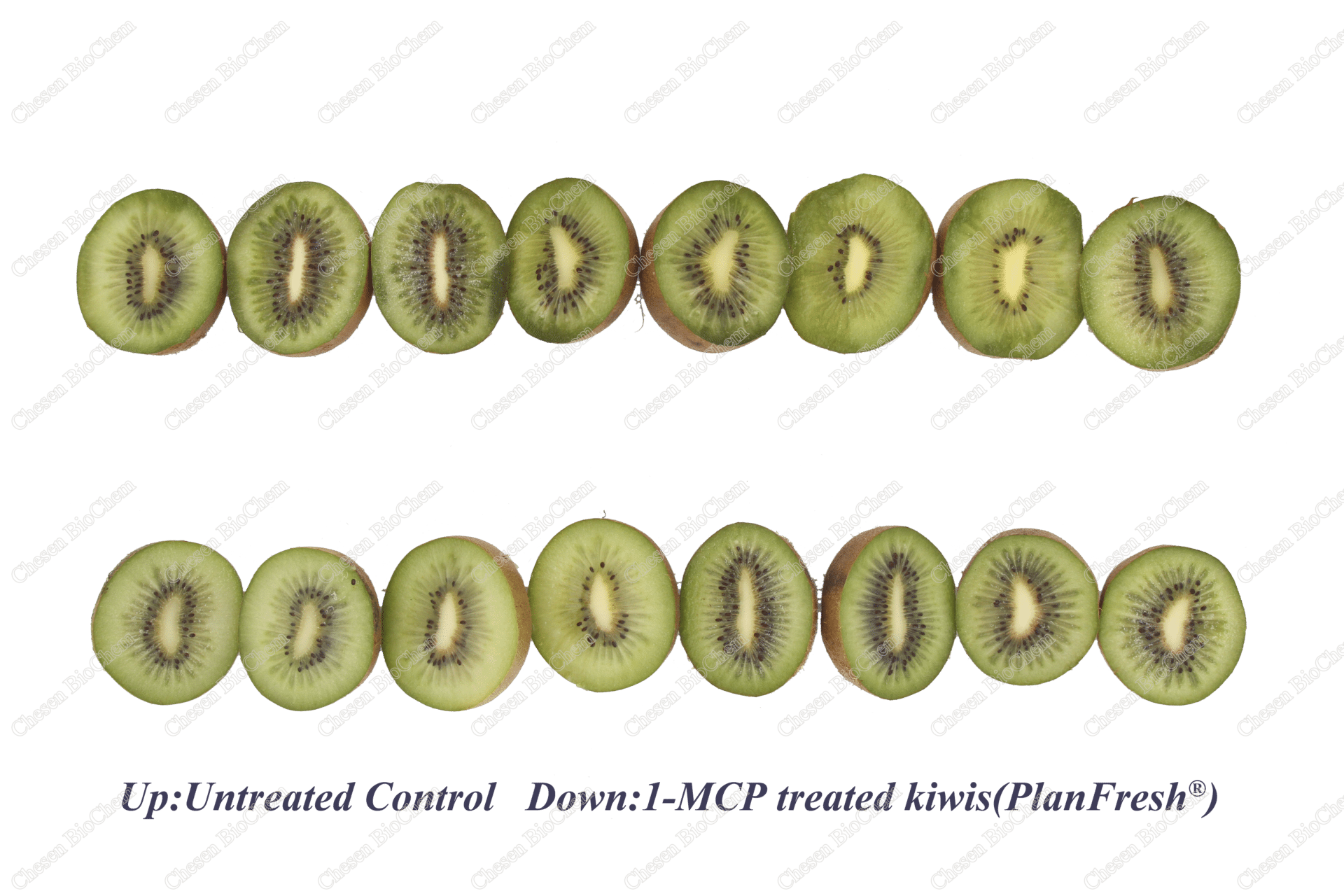
Storage and Preservation Technology of Kiwifruit by 1-MCP
1-MCP can effectively control various physiological and biochemical reactions of kiwifruit after harvest, including ethylene release and respiratory intensity. It does inhibit the ripening effect of endogenous ethylene and exogenous ethylene on kiwifruit, slow down the progress of post-aging, and prolong the storage period of kiwifruit. The fruit’s hardness and nutrients are maintained to prevent the fruit from softening and rot.
Effects of 1-MCP on delaying softening of fruit depend upon the fruit maturity stage at harvest, concentration applied, duration of fruit exposure to 1-MCP, method of application, storage conditions and fruit temperature at the time of 1-MCP application.
1. Physiological characteristics and storage characteristics of kiwifruit:
1.1 Physiological characteristics:
Kiwifruit is a climacteric fruit with a physiological ripening period and is sensitive to temperature and ethylene. If it is not treated in time, the ethylene in the fruit will increase rapidly at room temperature, and the breathing will increase remarkably. After reaching the peak, the starch content will decrease, the flesh will become soft, the sugar will increase, and then the aging and decay will occur.
1.2 storage characteristics
There are more than 100 varieties and varieties of kiwifruit plants. For the same kind, the difference in storability of different varieties is also large. Generally, the early-maturing varieties have poor storability, while the late maturity of “Hayward”, “Qinmei” have better storability. The size of the fruit has a certain relationship with the storability. Generally, the fruit is small and the specific surface area is large, so the transpiration of water is stronger and the weight loss is faster. The fruit treated with the swell agent has poor storability and cannot be stored as medium and long term.
2. Harvesting and its precautions:
2.1. Harvesting period:
Maturity during harvesting has an important impact on fruit quality and storability. Harvesting is too early, fruit development is incomplete, quality is poor, and storage is not resistant; harvesting is too late and fruit is fully ripe. The quality and flavor are good, but the fruit is easy to soften and is not resistant to storage. In order to ensure the storage period and the better quality of the fruit, kiwifruit is better harvested when the soluble solid content of the fruit is 6% to 7%. This fruit is both resistant to storage and has the best flavor after storage.
2.2 Precautions:
The key to kiwifruit harvest is to avoid all mechanical damage. It is essential to harvest kiwifruits by hand and carry out kiwifruits in batches according to maturity. The fruit picking personnel should cut the nails shortly, preferably with gloves. Do not pour water into the garden within 5 days before harvesting, and do not apply nitrogen fertilizer within 20 days. To carry out harvesting on sunny days or the days morning fog has disappeared is essential. It is not suitable for harvesting in the rainy days, 6 days after the rain and in the morning when the dew is not dry. Avoiding collisions and pressures throughout the operation is critical. The harvested fruit should be placed in a shaded area.
3. Preparation before storage:
3.1. Pre-cooling:
It is crucial to pre-cool kiwifruit before storage at low temperature, otherwise it will seriously affect the storage. Kiwifruit often maintains a high “field heat” when harvested, and physiological activities such as breathing and metabolism are vigorous, and it is easy to spontaneously ripen. At the same time, if the kiwifruit is not pre-cooled and sent directly to the cold storage, the temperature difference between the inside and outside of 20 °C will cause fruit physiological activity disorder, excessive freezing injury and condensation on the fruit surface, increasing the chance of pathogen invasion. The fruit should be pre-cooled to 5 °C as soon as possible after harvest, and the time to delay at room temperature should not exceed 8 to 12 hours.
3.2. Warehouse management:
Eliminate the smell and the debris inside the storehouse. After washing the ground with saturated potassium permanganate solution or bleaching powder, close the door for 24 hours, or fumigate with 5 to 15 grams of sulfur per cubic meter for 48 hours, then start to cool down. The temperature of the sterilized cold storage is lowered to 0 °C two days earlier, and then the pre-cooled fruit is stored in the storage. It is crucial to maintain the temperature of the storage stable at about 2 ° C. In addition, try to fill the storehouse in a week or so, and keep the fruits fresh.
4. 1-MCP preservation treatment on kiwifruit:
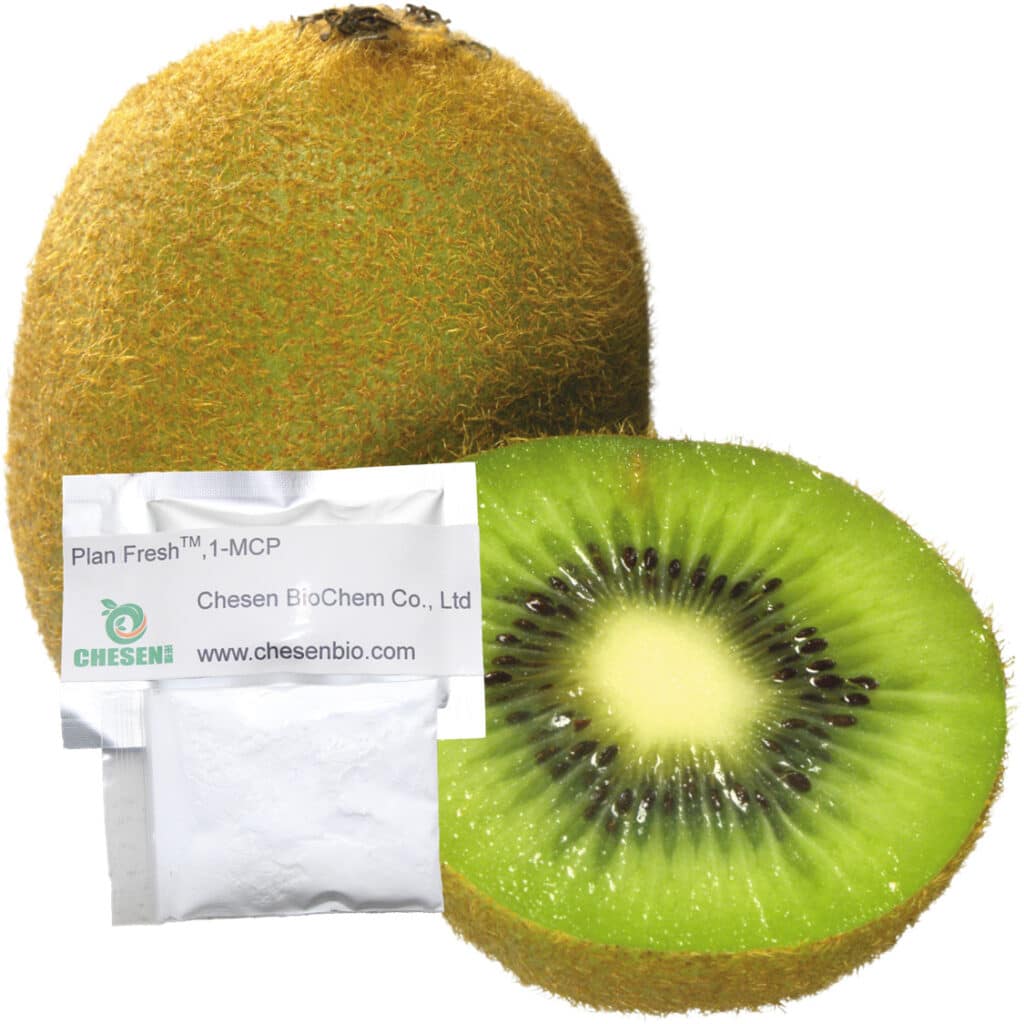
4.1 Necessity of treatment:、
Ethylene has a great influence on the storability of kiwifruit. Even at a temperature of 0 °C, even a small amount of ethylene (30 ppb) will accelerate the progress of post-ripe decay, softening the pulp and shortening the storage life. Therefore, it is very necessary to treat with 1-MCP and store at low temperature.
4.2 Treatment time:
After the storehouse is full, the 1-MCP should be used in time to fumigation, inhibit the release of ethylene and reduce the breathing intensity. If stored for a long period of time, it is necessary to carry out secondary fumigation.
4.3 Treatment method&result:
Treatment with 1-MCP extended the shelf life of kiwifruit by maintaining firmness both in fruit free of ethylene and in fruit contaminated with ethylene (1.0 µl /L) during the cold storage time up to 4 months. This means that treatment with 1-MCP induces an extension of shelf life of kiwifruit even if the fruit suffer from contamination of ethylene during the cold storage due to the ethylene production by other commodities.
For short periods of cold storage (up to 60 d), the lack of improvement of the 1-MCP treatment when applying higher concentrations, or for longer periods of time, points out that 0.5 µl/L of 1-MCP during 12 h applied just after harvest would be the recommended protocol to use.
On the other hand, when the period of time to be stored is longer than 60 days, the protocol to follow it will depend on if the fruit is free of ethylene contamination during cold storage or not. If the fruit will be stored without any other commodity, and potential ethylene contamination in the storage atmosphere is going to be removed, an application of 0.5 µl/L of 1-MCP during 12 h will be the best protocol to follow on kiwifruit. However, if the fruit is suspected to be in contact to ethylene produced either by the kiwifruit or by other commodities in the same cold room, it is essential to increase 1-MCP exposure time to 24h.
5. Storage management:
5.1. Suitable storage conditions:
Temperature: -0.5 ° C ~ 0.5 ° C
Humidity: 90% to 95%
Air conditioning conditions: O2: 2% ~ 3% CO2: 4% ~ 5% C2H4 < 0.02 μl / L
5.1.1 Storage condition details:
Storage of kiwifruit requires stable temperature and humidity, and frequent changes in temperature and humidity are extremely harmful to the storage of kiwifruit. It is critical to controll the relative humidity of the optimal air for refrigeration at 90% to 95%. If the humidity is less than 90%, fruits are prone to water wrinkles, and if more than 95%, pathogenic bacteria are easy to invade. The temperature of cold room should not be lower than -1.5 °C to avoid freezing damage and loss of commodity value.
In the pre-storage period, it is appropriate to keep the temperature in the cold room at around 0 °C, and you can appropriately lower the temperature in the later stage with the decrease of the external temperature. You can adjust downward the temperature by 0.1 °C every week. At early stages, due to the large moisture content of kiwifruit, it is necessary to properly controll the humidity in the cold room to prevent mold growth. In the later stage, the inside of the cold room is dry, and water can be properly sprinkled in the cold room.
5.2. Sterilization:
Regular sterilization during storage, preferably every half month, the use of fungicide rotation is better.
5.3. Ventilation:
Change the gas every 25 days or so, control the ventilation time to about half an hour, choose the sunny day when the outside temperature is low.
5.4. Out of stock sales:
Kiwifruit treated with 1-MCP has a long shelf life after being released from the market. According to specific needs, the cold room temperature will be slowly increased to 2-4 ° C one week before the kiwifruit was released. So the kiwifruits can be sold as soon as possible after being released.
6. Contact us:
For more detailed information about 1-MCP on kiwifruit, please contact us.


